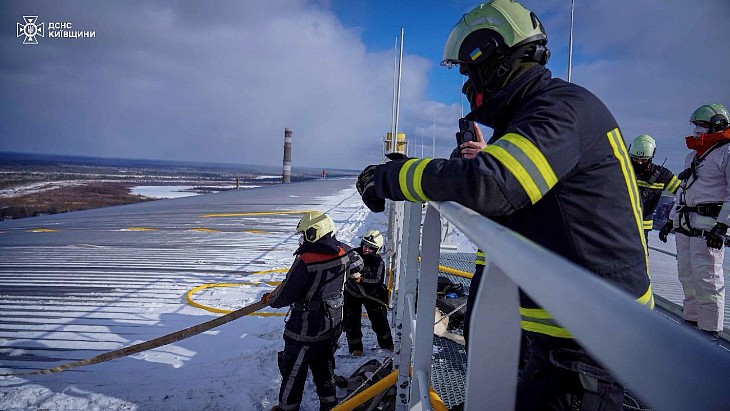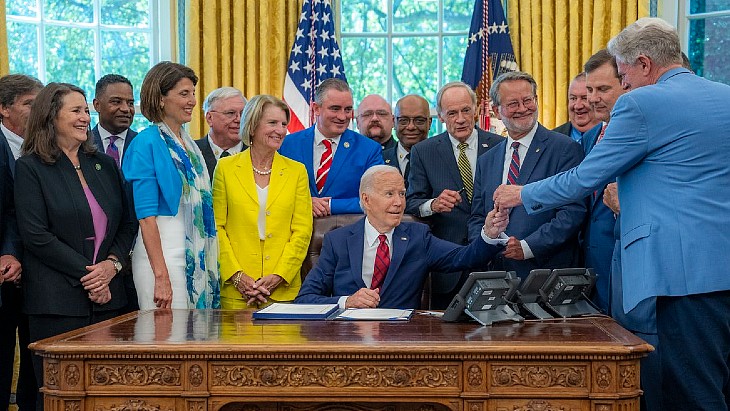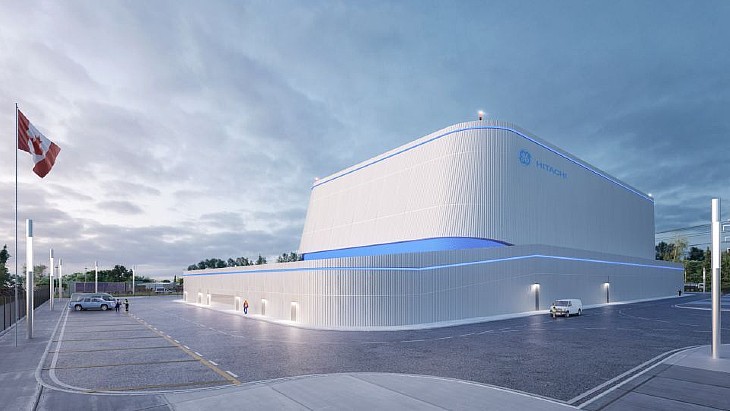IAEA says Fukushima visit ‘very productive’
.jpg)
Japan announced in April 2021 it planned to gradually discharge more than 1.25 million cubic metres of treated water into the sea, and requested the IAEA’s assistance to help "ensure its safe and transparent implementation".
The task force consists of IAEA staff members as well as 11 international experts from countries including China, Argentina, Australia, Russia, South Korea and the USA.
Ahead of this week's mission - to Tokyo and Fukushima - the members examined safety related documents, including the implementation plan for the water discharge and the radiological environmental impact assessment.
"The task force mission was very productive. We received valuable information - and posed many questions - about all safety aspects of the planned water discharge in frank and open discussions, ranging from the undersea tunnel that will carry the water out to sea to the protection of workers at the site and the public at large," said Gustavo Caruso, a director within the IAEA Department of Nuclear Safety and Security and chairman of the task force.
In part used to cool melted nuclear fuel at Fukushima, the water is treated and purified through a process known as the Advanced Liquid Processing System (ALPS) and has then been stored in around 1000 tanks at the site.
ALPS removes most of the radioactive contamination, with the exception of tritium. The total tank storage capacity on site amounts to about 1.37 million cubic metres and all the tanks are expected to be full around mid-2022.
Japan's discharge of the water is expected to begin during the first half of 2023 but the entire operation could last for decades. In August last year, Tokyo Electric Power Company (Tepco) announced plans for the construction of an undersea tunnel, about one kilometre in length, for the discharge of the treated water.
Nearby countries have been alarmed by Japan's plan, but the IAEA says that the level of tritium in the water will be "well below national regulatory limits and the World Health Organization standards for drinking water. The IAEA Task Force review will provide the public, in Japan and beyond, with objective scientific information about the discharge".
Fifty litres of water from the tanks were collected during the task force's visit and will be analysed at IAEA laboratories in Austria and Monaco.
The IAEA will release a report on this week’s mission "in about two months" and will also carry out follow-up missions to Japan this year and next, and a comprehensive report with conclusions will be published before the water release starts.
"As a scientific and technical organisation, we will be fully transparent and independent in our reviews and reporting. The world will know what is going on at all times," Director General Rafael Mariano Grossi said.
"Thanks to our presence, people everywhere can have full confidence that the water discharge is carried out without harming public health or the environment," he added.
(The locations of the IAEA laboratories for testing the water samples were corrected in this story to Austria and Monaco on 21 February)










_50521.jpg)

